When you think of Alcatraz, the infamous island prison in San Francisco Bay might come to mind. But what if you swapped the chilly Pacific waters and gloomy cells for sunny swamps and a crew of unrepentant alligators? Welcome to Alligator Alcatraz, a fictional place teeming with fascinating, toothy residents. Whether you’re an alligator enthusiast or you’re just curious about these ancient creatures, here are 13 wild facts that will make you see them in a whole new light.
1. Alligator Communication Is Surprisingly Sophisticated
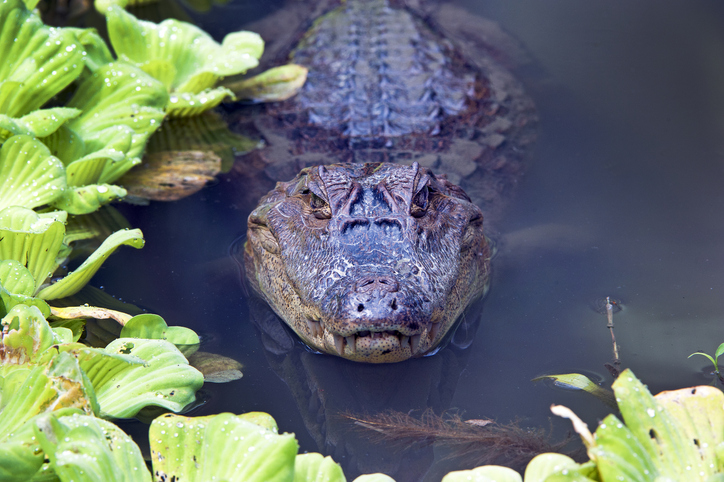
Did you know that alligators have an intricate way of communicating that goes beyond simple roars and hisses? They use body postures, as well as infrasound, to convey messages to one another. According to a study by Todd Langston from the University of Florida, male alligators use low-frequency bellows to attract mates and establish territory. This sonic display, which can make the water around them vibrate, is both a warning to rivals and an invitation to potential partners. So, if you hear the deep rumble of an alligator, remember it’s like an alligator love song with territorial undertones.
The sophistication of their communication isn’t just for mating. Alligators also use vocalizations to coordinate group hunting efforts or to warn others of potential danger. Mothers will communicate with their hatchlings using distinctive calls, ensuring each baby gator knows when it’s time to eat or hide. The nuanced vocabulary of alligators shows how evolved these creatures are in their interactions. It’s like a secret language only they understand, but one that’s essential for their survival.
2. Alligators Can Climb Trees
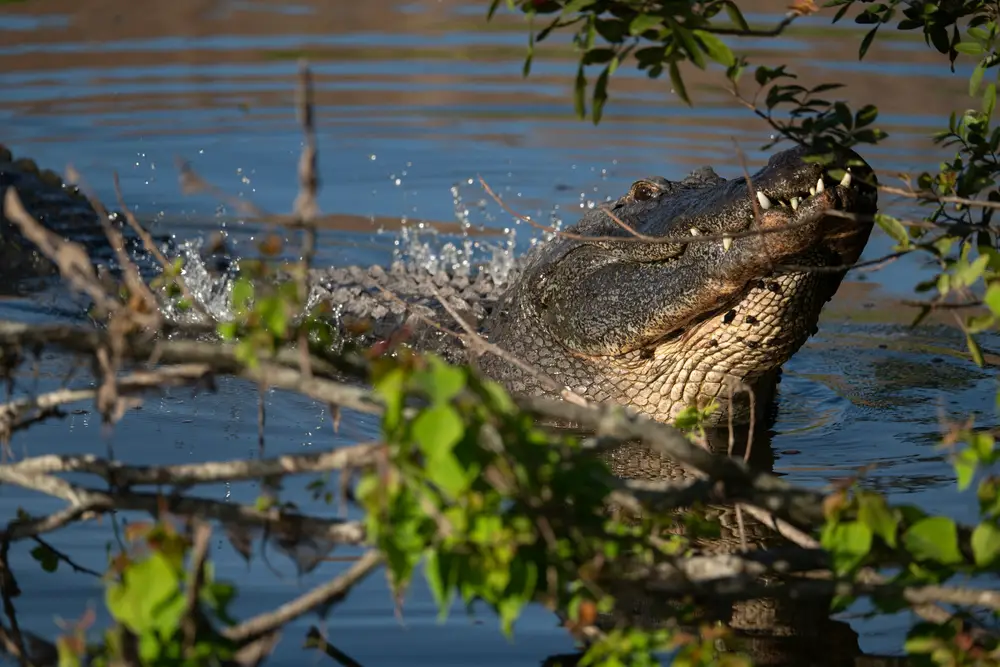
It might sound like something out of a horror movie, but alligators are known to climb trees. While it may not be their typical behavior, alligators can and do scale low-hanging branches. This is more common with younger alligators, who are lighter and more agile. Climbing allows them to bask in the sun, survey their surroundings, or escape potential threats. Next time you’re in alligator country, remember that the ground isn’t the only place these creatures might be lurking.
Interestingly, tree climbing offers young alligators an advantage when learning about their environment. From higher vantage points, they can spot prey and predators more easily, giving them a leg up in the swampland’s survival game. Even adult alligators have been observed in trees, though this is less common. Their ability to navigate both land and water, combined with this surprising tree-climbing skill, shows just how adaptable they are. These skills make them formidable apex predators in their ecosystems.
3. Alligators Form Lifelong Friendships
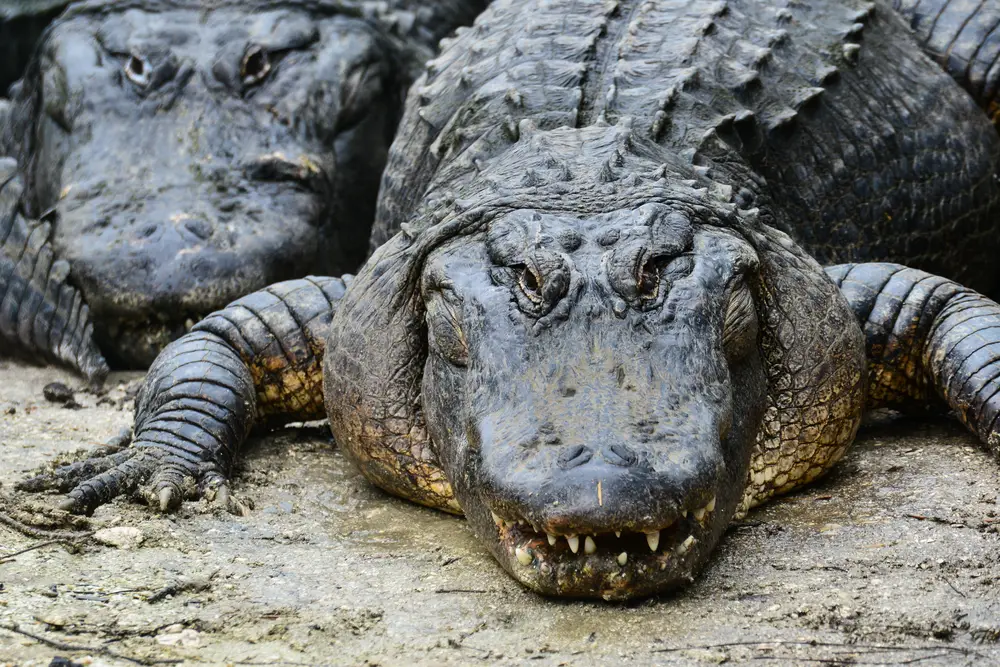
Alligators are often portrayed as solitary creatures, but research has shown that they can form long-lasting social bonds. A study by Vladimir Dinets at the University of Tennessee revealed that alligators engage in complex social behaviors, including forming friendships that can last for years. These bonds are typically formed during mating season but can extend beyond it. Alligators have been observed spending time with the same group, indicating strong social ties.
These friendships can have practical benefits, such as cooperative hunting or shared basking spots. Alligators are known to recognize individual members of their group, suggesting a level of social intelligence not often associated with reptiles. This ability to form and maintain relationships helps them navigate the complexities of their swampy world. The notion that cold-blooded creatures can have warm friendships challenges our assumptions about animal social structures.
4. Alligator Teeth Are Continuously Replaced

An alligator’s smile is filled with an impressive set of teeth, but did you know those teeth are constantly being replaced? Throughout their lifetime, an alligator can go through over 2,000 teeth. Each time one is lost, a new one grows in its place, ensuring that they always have sharp tools for catching prey. This continuous replacement process is crucial for their survival in the wild.
The mechanics behind this dental marvel involve a complex system of replacement teeth that grow beneath existing ones. This ensures that alligators are never left toothless, even after a tough meal. This regenerative ability is not only fascinating but also highlights the alligator’s evolutionary advantage. With a constant supply of new teeth, these predators are always ready for their next meal. It’s a reminder of how well-adapted they are to their aquatic environment.
5. Alligators Have Built-In Sunblock
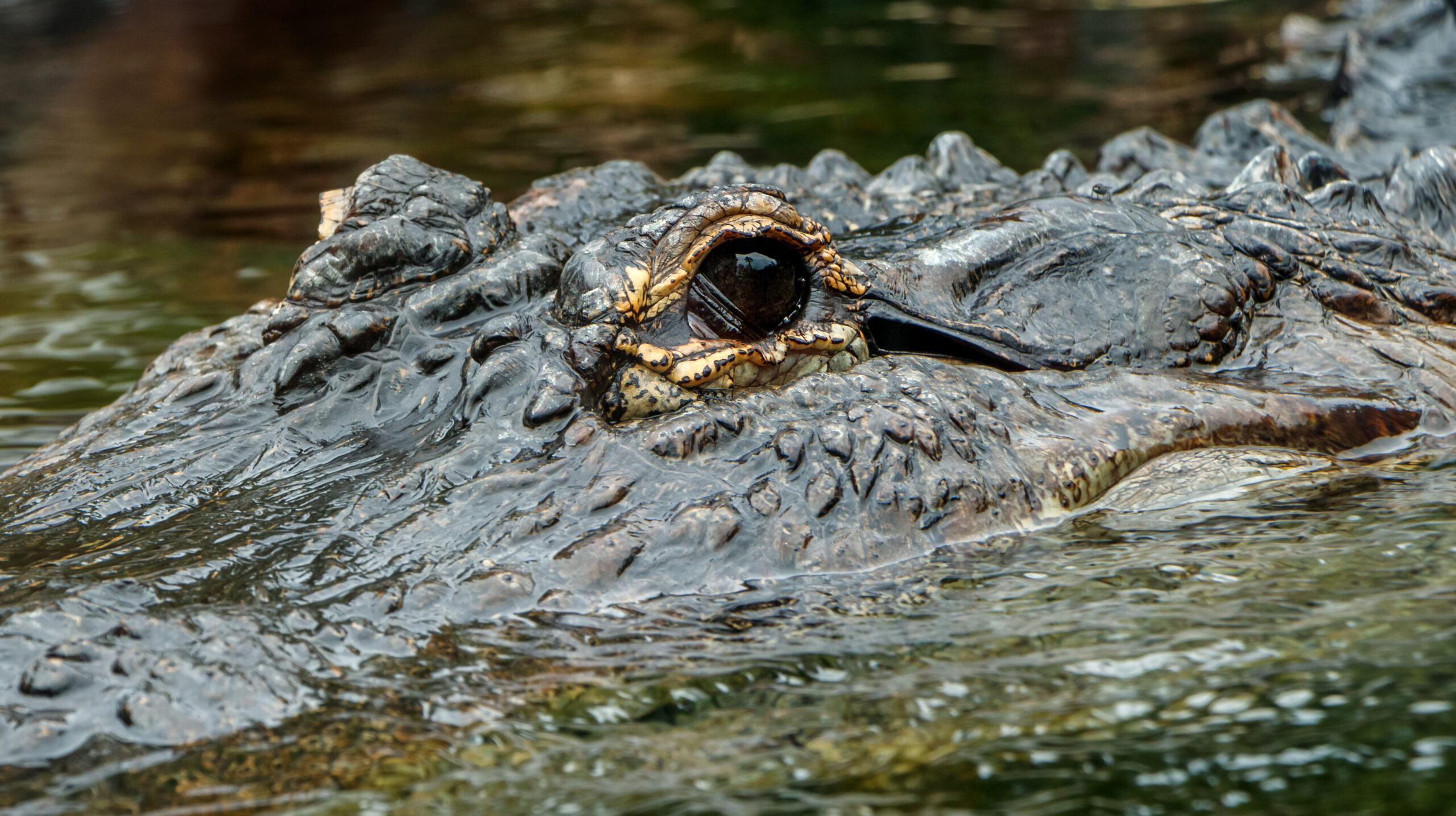
Alligators spend a lot of time basking in the sun, but they don’t get sunburned like we do. Their skin contains a natural sunscreen that protects them from harmful UV rays. Research led by Dr. Matthew Abernathy at the University of South Carolina found that alligator skin has special pigments that absorb and dissipate UV radiation. This built-in sunblock allows them to enjoy the sun without the risk of skin damage.
This adaptation is yet another example of how well-suited alligators are to their environment. The pigment also gives their skin its distinctive color, which helps them blend into their surroundings. This camouflage is crucial for both hunting and avoiding detection by potential threats. Their resilient skin, combined with their ability to protect against sun damage, contributes to their longevity. It’s a reminder that in the wild, every feature serves a purpose.
6. Alligators Are Surprisingly Fast On Land
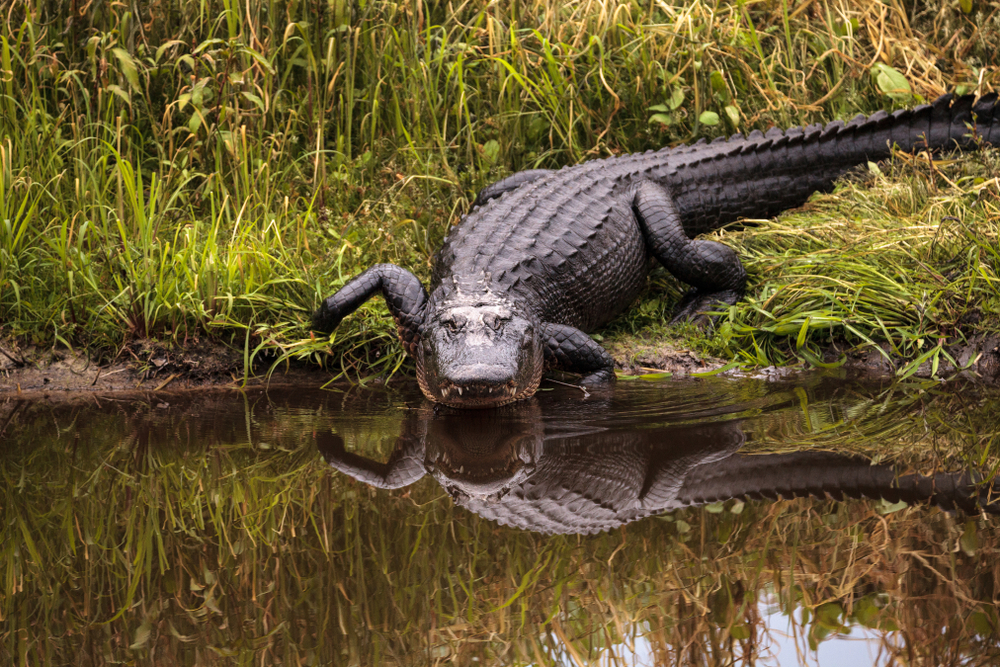
While alligators are known for their aquatic prowess, they’re also surprisingly quick on land. When they need to, they can sprint at speeds up to 11 miles per hour. This agile maneuvering is often used for short bursts of speed, whether it’s to capture prey or escape danger. While they can’t sustain this speed for long, it’s enough to catch an unsuspecting animal off guard.
Alligators achieve this speed through a unique combination of muscular legs and a strong tail. Their body structure allows them to propel forward with surprising force, making them formidable hunters. This speed is primarily used during the chase or when startled, adding another layer of complexity to their behavior. Their ability to move swiftly on land as well as in water makes them versatile predators. It’s a testament to their adaptability and survival skills.
7. Alligators Have An Internal GPS System
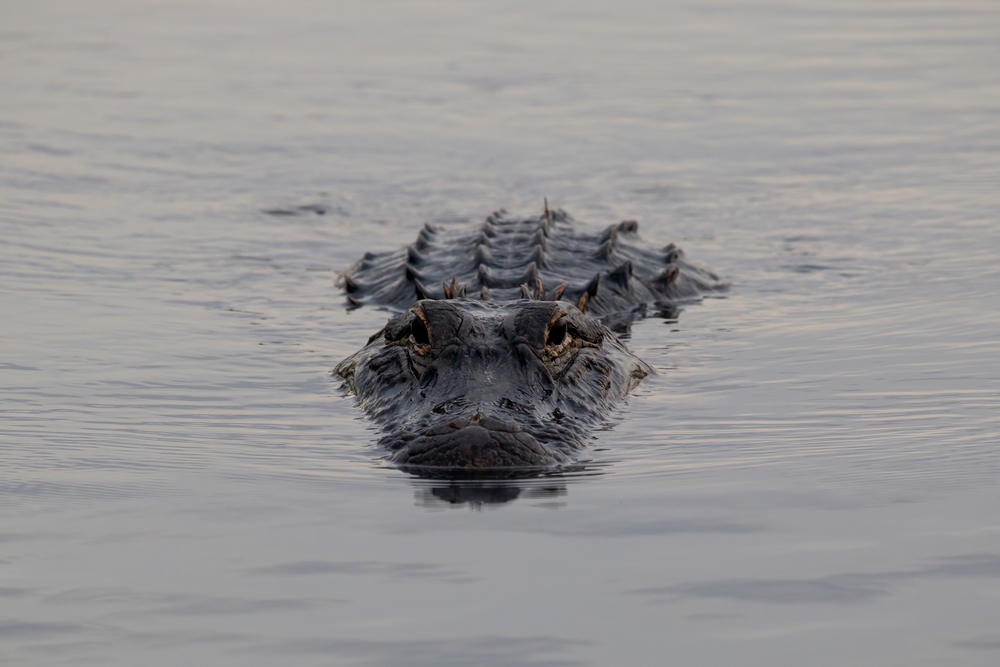
Alligators have an uncanny ability to navigate their territory with precision. This is largely due to their excellent spatial memory, which helps them remember the location of important landmarks. Dr. James Sealy, a wildlife ecologist, notes that alligators can return to the same nesting sites or hunting grounds year after year. Their impressive sense of direction is akin to a built-in GPS system, guiding them through the often-confusing waterways of their habitat.
This navigational skill is not just limited to familiar environments. Alligators have been known to find new homes, traveling long distances when necessary. This ability to adapt to new environments demonstrates their resilience and resourcefulness. Understanding their surroundings helps them locate food, avoid predators, and find mates. Their remarkable sense of direction is a key factor in their survival and reproductive success.
8. Alligators Play A Vital Role In Their Ecosystem
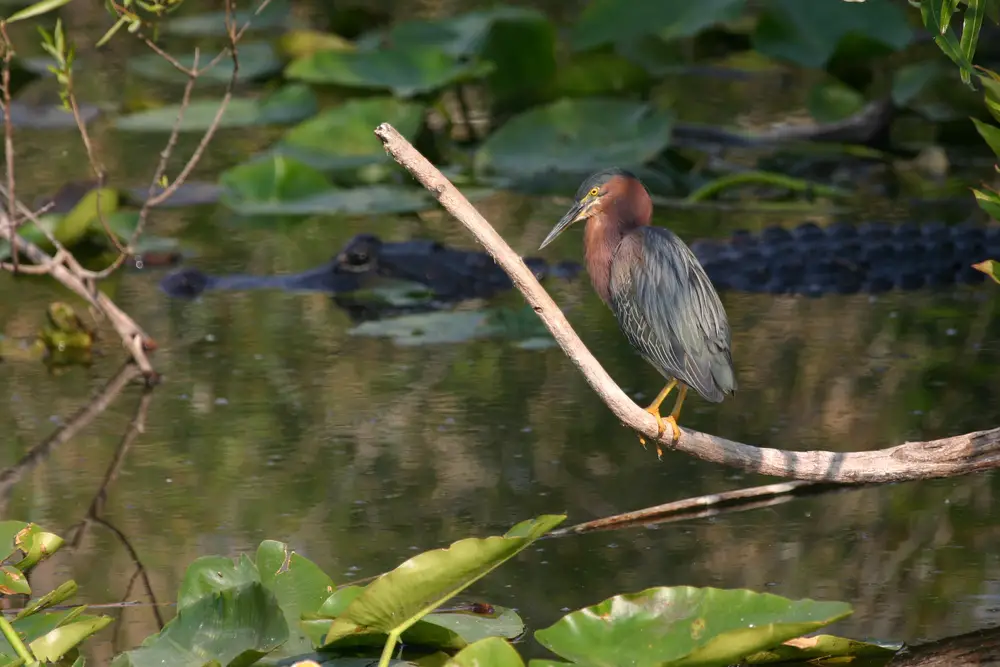
Alligators are more than just fearsome predators; they play a crucial role in maintaining the balance of their ecosystem. As apex predators, they help control the population of smaller animals, ensuring that no single species dominates the environment. Their presence influences the diversity and health of their habitat, contributing to a well-balanced ecosystem. Their nesting habits even create habitats for other species, as abandoned nests provide homes for a variety of animals.
The ecological impact of alligators extends beyond their immediate environment. They help maintain water quality by preying on sick or weak animals, which prevents the spread of disease. Their role in the food chain ensures that energy flows efficiently through the ecosystem. By keeping prey populations in check, alligators prevent overgrazing and protect plant life. Their contribution to the ecosystem highlights their importance beyond being formidable hunters.
9. Alligators Exhibit Maternal Instincts
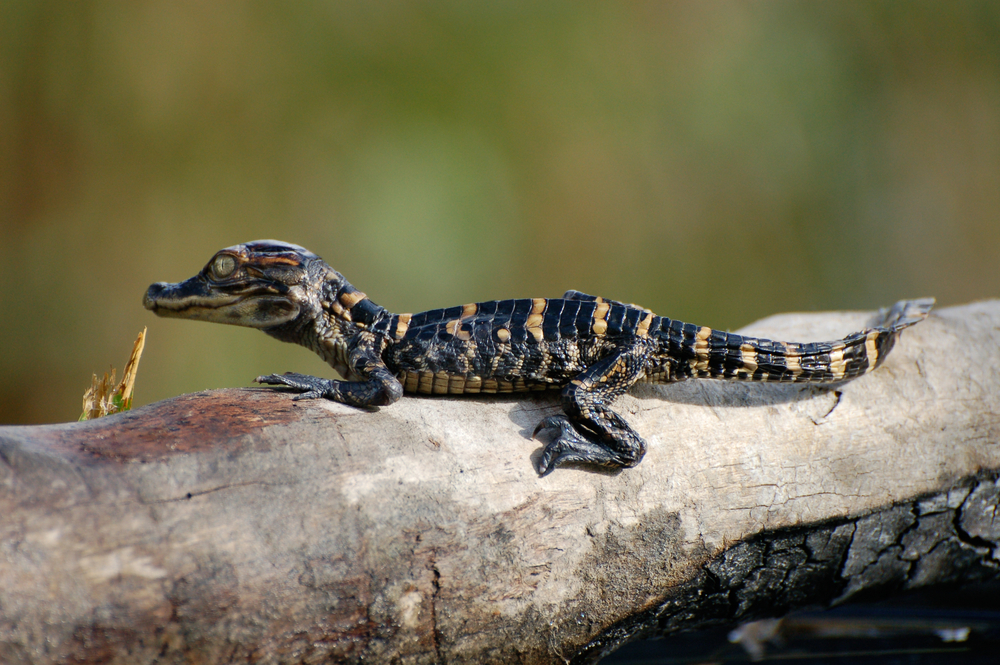
Alligator mothers are known for their strong maternal instincts, which ensure the survival of their hatchlings. After laying eggs, a mother alligator will guard her nest fiercely against predators. She remains vigilant throughout the incubation period, which lasts about 65 days. Once the eggs hatch, she helps the young alligators reach the water, often carrying them gently in her mouth.
This level of care doesn’t end once the hatchlings are in the water. The mother continues to protect her young for several months, keeping them close and teaching them essential survival skills. The bond between mother and hatchlings is vital for the young alligators’ development in their early life stages. The maternal care provided by alligator mothers is a testament to their complex social behaviors. It emphasizes the nurturing side of these fearsome reptiles.
10. Alligators Can Survive Freezing Temperatures
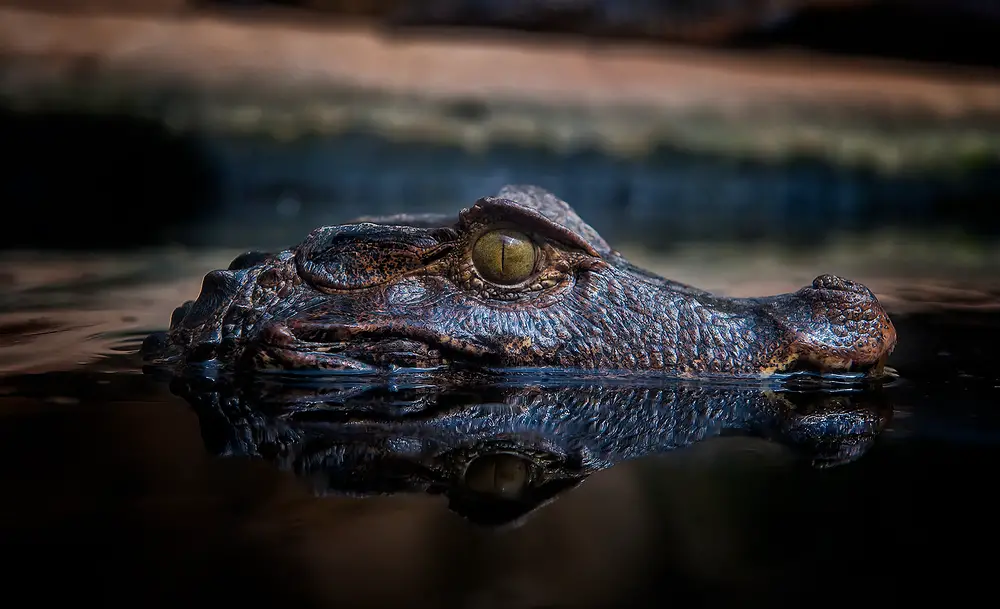
While alligators are typically associated with warm, swampy environments, they have a unique adaptation that allows them to survive freezing temperatures. During colder months, they enter a state called brumation, which is similar to hibernation. In this state, their metabolism slows down, and they become less active. If the water surface freezes, they rise to the top and stick their snouts above the ice to breathe.
This survival strategy demonstrates the alligator’s remarkable adaptability to varying climates. By slowing their metabolic rate, they conserve energy until temperatures rise again. Their ability to endure cold snaps without significant harm is a testament to their resilience. Alligators have existed for millions of years, and their capacity to adapt to different environments is a key reason for their long-term survival. The duality of thriving in both warm and cold environments shows their evolutionary expertise.
11. Alligator Blood Has Antimicrobial Properties
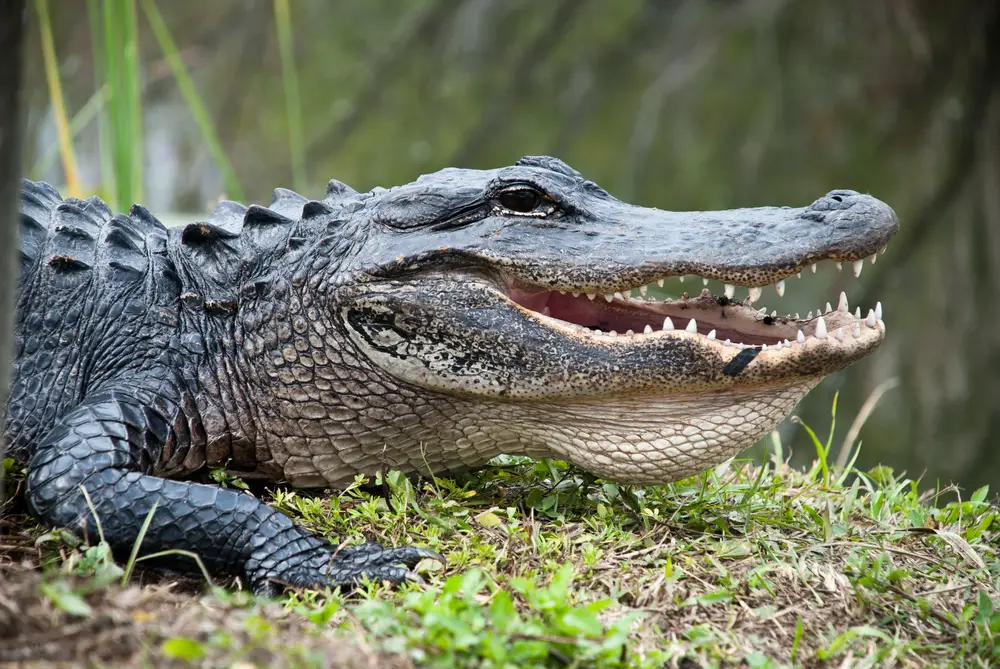
Alligator blood possesses unique properties that make it a subject of interest for scientific research. It contains special compounds that give it antimicrobial properties, helping the alligator resist infections from wounds sustained in their often violent lifestyle. When an alligator is injured, these compounds help fight off bacteria and promote healing. Scientists are studying these properties in hopes of developing new medical treatments for humans.
The remarkable healing ability of alligator blood highlights the resilience of these creatures. In the wild, where injuries from fights are common, this adaptation is crucial for their survival. The potential medical applications for humans are still being explored, but the initial findings are promising. Alligator blood could lead to breakthroughs in treating infections or developing new antibiotics. The biological marvel that is alligator blood underscores the untapped potential of nature’s solutions.
12. Alligators Have A Very Long Lifespan
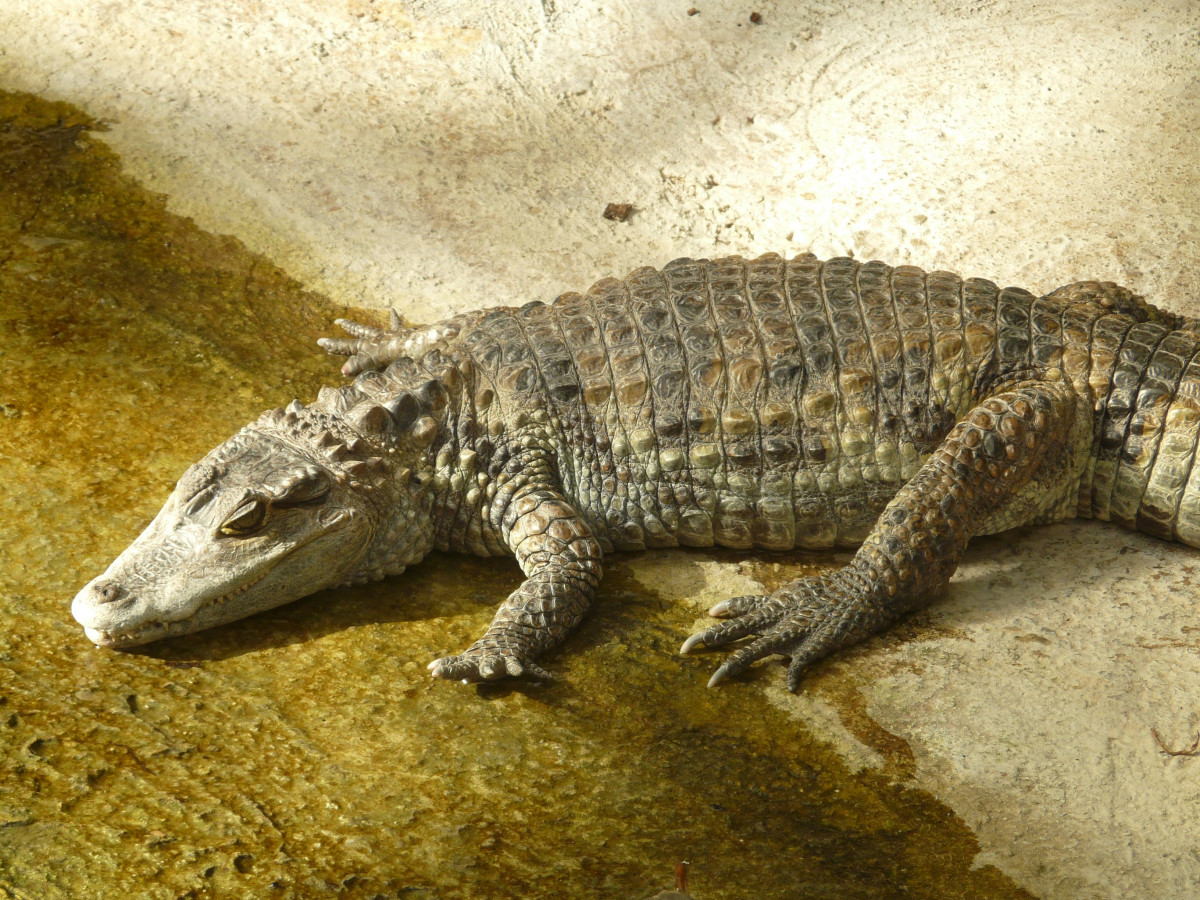
Alligators are among the longest-living reptiles, with a lifespan that can stretch up to 50 years in the wild. This longevity is attributed to their slow growth rate and efficient metabolism, which conserves energy and reduces wear on their bodies. In captivity, where threats are minimized, alligators have been known to live even longer, sometimes reaching over 80 years. Their long lifespan allows them to play a lasting role in their ecosystem.
The extended lifespan of alligators also contributes to their reproductive success. They have more opportunities to reproduce over their lifetime, ensuring the continuation of their lineage. This longevity is a testament to their adaptability and resilience in the face of environmental changes. Alligators have witnessed the rise and fall of many other species over the millennia. Their ability to endure over such long periods offers valuable insights into the durability of life on Earth.
13. Alligators Are A Conservation Success Story
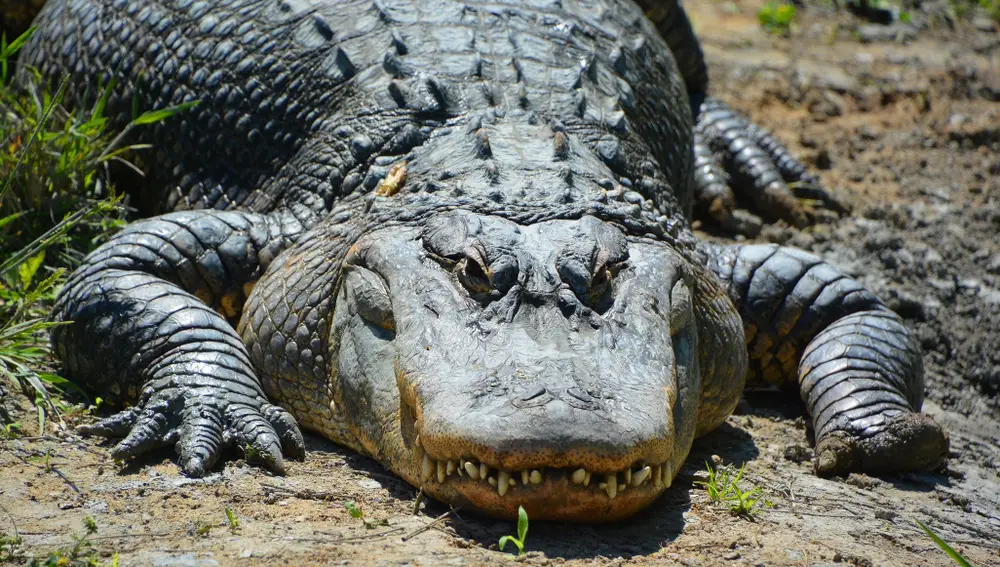
Once on the brink of extinction, alligators are now a conservation success story. Through concerted efforts and legal protections, their populations have rebounded significantly. The American alligator was removed from the endangered species list in 1987, thanks to sustainable management practices and habitat protection. This turnaround is a testament to the effectiveness of well-implemented conservation strategies.
The recovery of alligator populations has not only benefited the species but also the ecosystems they inhabit. By maintaining a healthy balance in their habitats, they contribute to the overall biodiversity of the area. Conservation efforts for alligators have set a precedent for managing other endangered species. Their story demonstrates that with dedication and strategic action, it is possible to reverse the decline of threatened species. It serves as a reminder of the importance of protecting and preserving our natural world.
